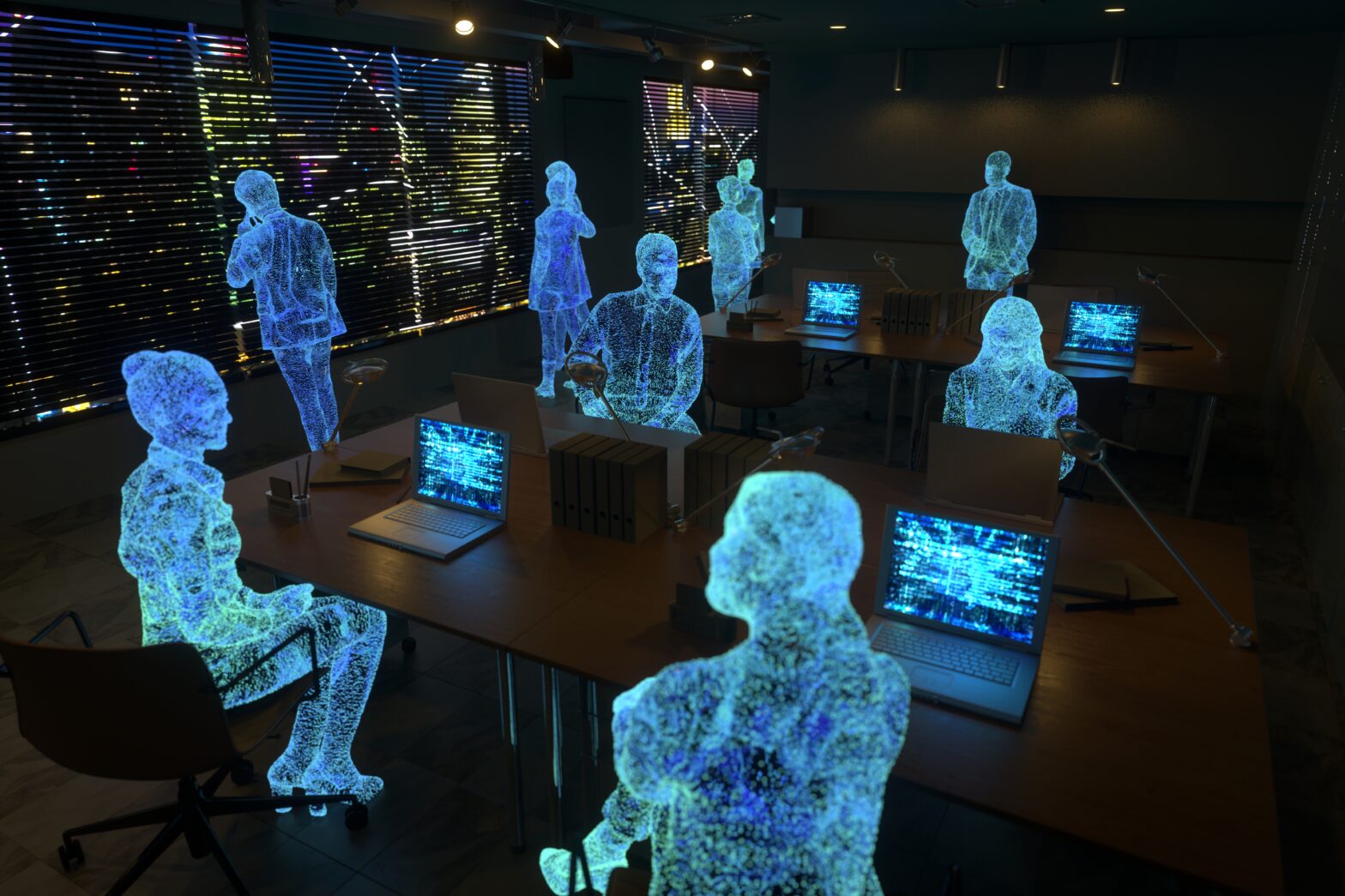Businesses going through re-structure face significant challenges in all departments, and this can weigh heavily on IT departments as they attempt to manage the upheaval of the transition.
Systems and processes such as systems management, operating expense control, BYOx and security have the potential to create headaches for IT teams, yet by virtualising parts of these systems, many potential issues can be addressed.
The business priority in such situations is to ensure users have access to common systems as quickly as possible.
One of the compelling benefits of virtualised environments is the ability for core systems to be enabled and delivered on Day 1, ensuring effective communications and system access across the combined organisation from the outset.
Flexibility to support rapid change
Flexibility is a key requirement for IT systems.
Full system integration across a newly combined organisation takes time to plan and deliver, but immediate access to critical data is a priority.
>See also: Five smart solutions transforming the energy industry
This can result in changes being implemented in multiple steps over an extended period of time.
Even after the introduction of new systems, IT teams within a changing business can be put under further strain as they are required to make regular changes to new users operating environments, access and security protocols.
The introduction of application or desktop virtualisation technology enables rapid deployment and easier management of applications across a wide range of endpoint devices from a central location.
This flexibility of management reduces the “change burden” for IT teams that accompanies the implementation of new systems, both at the start of the process and onwards.
Client virtualisation also complements the trend towards “digital workspaces” where access to legacy and new applications is enabled through dynamic webpages accessible from desktop and mobile devices.
Controlling costs
For businesses to realise the synergies of a combined organisation, both operating and capital expenditure needs to be carefully monitored and controlled through the integration process.
Virtualised environments built on industry-standard infrastructure can be repeatedly reconfigured or re-purposed without incurring additional capital expense.
In addition, customers having deployed desktop virtualisation frequently quote significant reductions in ongoing desktop management workloads – enabling IT resources to be deployed on new initiatives while controlling operating expense.
Mitigating deployment risks
IT teams may be cautious about adopting a new technology at a time of such change, particularly smaller teams with a more generalist skills base.
The use of pre-configured, hyper-converged appliances can provide a simple and predictable way to quickly deploy virtualised applications and desktops without the need for specialist IT skills.
This speed and ease of deployment allows enterprises to consider leveraging client virtualisation as a tactical instrument, to be used when appropriate, creating a hybrid client computing environment.
>See also: Travis Perkins IT investment with cloud transformation
In this way, an organisation’s IT plan can be flexible, with high priority areas addressed quickly, and stable legacy systems left to be addressed at a later date.
As confidence in client virtualisation grows, it can be used more widely in the organisation.
Securing the combined organisation
Security is a priority issue as users from the acquired organisation are provided with rapid access and parallel systems for authentication.
Client virtualisation enables controlled access to critical systems to be provided without compromising system security.
Due to streamlined and centralised management of systems, it also enables security provisions to be put in place across the full range of employee devices, and makes adoption of BYOx policies more straightforward, providing greater flexibility for employees.
Sky takes advantage of desktop virtualisation
Sky UK, which recently integrated Sky Italy and Sky Germany into its business, deployed virtual desktop technology to thin clients in all of its UK call centres to ensure that its customer service representatives could hot desk within their office, yet access full customer records regardless of which machine is used.
With Sky’s call centres taking 60 million calls per year, one of the most important benefits of the thin client deployment has been the reduction in disruption during the transition.
>See also: How one CIO left behind a diversity legacy at oil giant BP
This form of initial deployment is perfect for businesses seeking to explore the capability of virtualised systems, which have the potential to deliver significant compute power for far more demanding scenarios in many industries.
In all, the flexibility, cost management and rapid deployment capability of client virtualisation make it a powerful and beneficial tool during times of business change and IT service disruption.
With the accelerating speed of business change, whether through M&A or simply having to rapidly adapt to new business challenges, businesses can expect to see significant demand for this form of IT solution across many business sectors.
Sourced by David Angwin, marketing director, EMEA, Dell Cloud Client Computing










